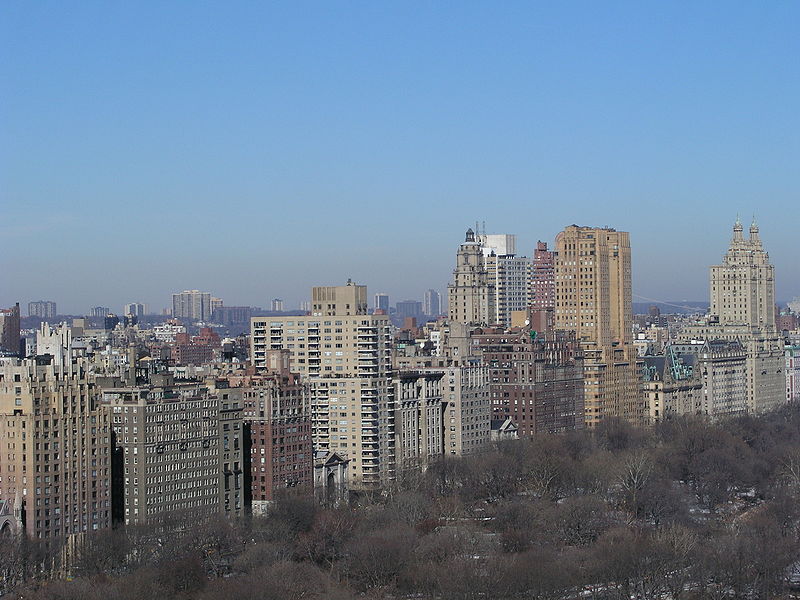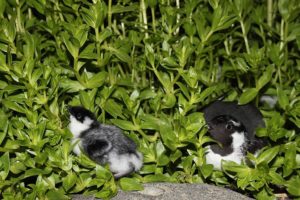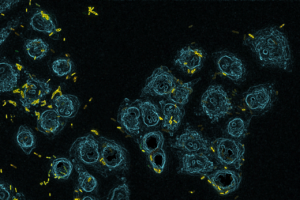A Paved Paradise
One new study published in the Proceedings of the Royal Society B has made the surprising discovery that not all is lost when paradise is paved with concrete.
 Image: By inajeep from US (Flickr) [CC-BY-2.0 (http://creativecommons.org/licenses/by/2.0)], via Wikimedia Commons
Image: By inajeep from US (Flickr) [CC-BY-2.0 (http://creativecommons.org/licenses/by/2.0)], via Wikimedia Commons Natural habitats are constantly under threat from development in our rapidly urbanised world, and much biodiversity disappears as a result. Yet one new study published in the Proceedings of the Royal Society B has made the surprising discovery that not all is lost when paradise is paved with concrete.
Scientists from the University of California, Santa Barbara’s National Centre for Ecological Analysis and Synthesis created the largest ever dataset of birds and plants in a total of 147 cities across the world. Unlike other studies on urban biodiversity, which predominately examine the local impacts of urbanisation, this study considered overall impacts on global biodiversity and the results were surprisingly positive.
Cities in general all have similar structural characteristics such as buildings and roads so it was thought that they also shared similar biodiversity no matter where in the world they were, but this is not the case. Although some species such as the ubiquitous pigeon are found in all cities, overall the mix of species in cities reflects the “unique biotic heritage of their geographical location.” In other words, cities appear to retain endemic native species, many of which flourish in urban environments, even those that are threatened or endangered. The data revealed that cities supported almost 20% of the world’s bird species and 5% of plant species.
The study highlights the value of green spaces in cities – those with more natural habitats support more bird and plant species and experience less loss in species as the city expands. Green spaces have become important refuges for native species and for migrating species too, a phenomenon known as the Central Park Effect due to the surprisingly high number of species found in the famous park in New York City.
Even though urbanised areas do contain far fewer species than equivalent areas of undeveloped land, the authors maintain that it is still possible for the many people now living in cities to have a connection to the natural world. If we can use our growing knowledge of urban ecology to encourage city planners to preserve and promote biodiversity, we will benefit from the services biodiversity provides, such as improved water quality and flood prevention. Plus our increasingly urban lives will be greatly enriched by living alongside native species.





One Comment
While I welcome and applaud this research, I am troubled by the language.
I would challenge that urban developments do contain wildlife but the use of the word support is misleading. Wildlife “survives”” and in many cases thrives in urban development. The language suggests concreting over an area is not a bad thing, but doesn’t pursue the stronger idea that we could and must do more to accommodate nature in our developments.
We share this planet with so many other living things, yet fail to grant them the same respect or value we place upon ourselves and conveniently forget their needs; prioritising our own. Striking a balance is crucial for the future prosperity and wellbeing of all life on Earth.
There are good models to achieve this, many of them clearly promoted by NGO’s, Government Departments and championed by individuals. London Mayor Sadiq Khan has already expressed support for one such initiative, to declare Greater London a National Park City.
I have high hopes for the future of urban development where green spaces are valued, created, mantained and enjoyed; adding true value to city life.